
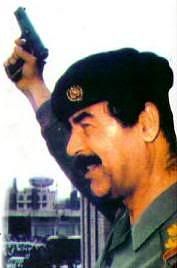
2 August 90 Iraq invades Kuwait.
At the break of dawn on August 2, 1990, Iraqi troops crossed the Kuwaiti border with armor and infantry, occupying strategic posts throughout the country, including the Emir's palace. The Kuwaiti Army was quickly overwhelmed, though they bought enough time for the Kuwaiti Air Force to flee to Saudi Arabia. The heaviest fighting occurred at the Emir's Palace, where members of the royal guard fought a rear guard action to allow the royal family time to escape. A cousin of the Emir, who commanded the guard, was amongst those killed. Iraqi troops looted medical and food supplies, detained thousands of civilians and took over the media. There were reports of incidents of murder, bruatality, and rape being committed by Iraqi troops against Kuwaiti citizens. After a brief puppet government headed by Alaa Hussein Ali was installed, Iraq annexed Kuwait. Saddam Hussein then installed a new Iraqi provincial governor, describing this as "liberation" from the Kuwaiti Emir; this was largely dismissed as war propaganda.

6 August 90 U.N. Security Council Resolution 661 imposes economic sanctions against Iraq. Saudi Arabia requests U.S. assistance in its defense.
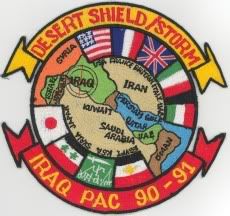
7 August 90 Operation Desert Shield begin.

8 August 90 The first U.S. forces arrive in Saudi Arabia.
9 August 90 U.N. Security Council Resolution 662 declares the Iraqi annexation of Kuwait null & void.
25 September 90 U.N. Security Council Resolution 670 condemns Iraq & confirms the economic embargo.
28 November 90 U.N. Security Council Resolution 677 condemns Iraqi attempts to alter Kuwaiti demographics.
29 November 90 U.N. Security Council Resolution 678 authorizes the use of force to uphold resolutions unless Iraq withdraws by the 15 January 91 deadline.
15 January 91 The U.N. set deadline for Iraq to withdraw from Kuwait is reached.

17 January 91 The Operation Desert Storm air war begins (D-Day). Laser-guided HELLFIRE missiles, fired by U.S. Army 101st Aviation Brigade APACHE helicopters strike the first coalition blow against two Iraqi early-warning radar sites, destroying both within 4 minutes thereby opening a corridor for the first air strikes against targets inside Iraq. U.S. Marine Corps AH-1T COBRA helicopter gunships destroy an Iraqi command post with TOW missiles following Iraq's sporadic shelling of the Khafji area near the Saudi- Kuwaiti border.
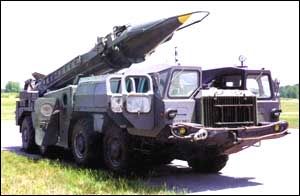
18 January 91 Iraq fires the first Scud missiles at Israel & Saudi Arabia.
20 January 91 XVIII Airborne & VII Corps begin movement to forward assembly areas for the ground phase of the campaign.
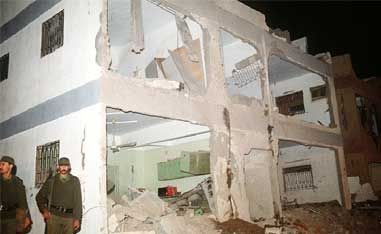
29 January 91 Iraqi troops attack Khafji, Saudi Arabia.
30 January 91 Saudi-led coalition forces, which included U.S. Marine Corps units, storm the Iraqi-held Saudi town of Khafji, but are forced to retreat not only by Iraqi resistance but by "friendly fire" from the Qatari armored unit assigned to protect the Saudis from the rear.
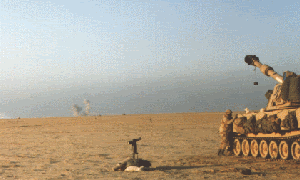
16 February 91 Coalition forces begin day & night artillery raids along front lines.
23 February 91 The deadline for Iraq to withdraw from Kuwait before the beginning of the ground war is set for 12 Noon (8 p.m. in Baghdad).

24 February 91 Coalition forces begin the ground phase of the campaign (G-Day).
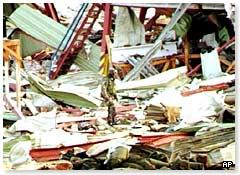
25 February 91 An Iraqi Scud missile destroys a U.S. barracks in Dhahran, killing 28 American soldiers.
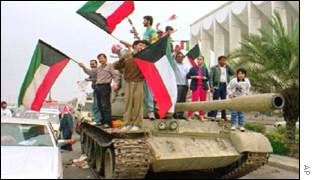
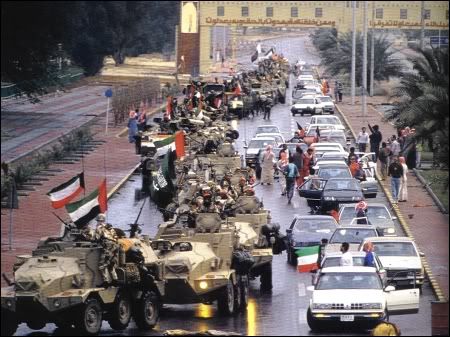
26 February 91 Kuwait is liberated by American Troops.
3 April 91 U.N. Security Council Resolution 687 sets forth a permanent cease fire.
6 April 91 Iraq officially accepts U.N. cease fire terms & Security Council resolutions.
11 April 91 The cease fire takes effect.
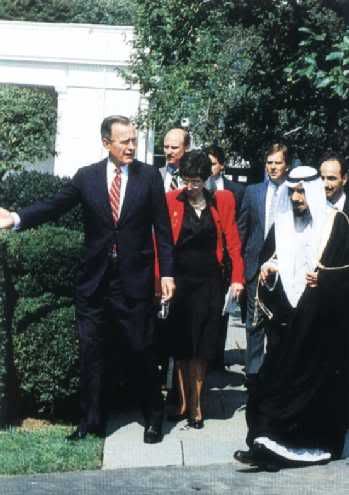
28 February 91 President Bush orders the cessation of offensive operations.
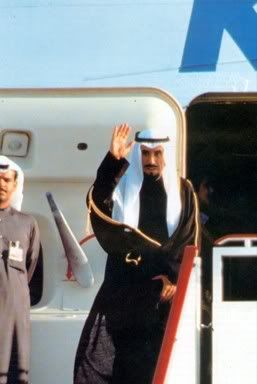
14 March 1991 The emir of Kuwait, Sheikh Jaber Al-Ahmad Al-Jaber Al-Sabah, returns to his homeland after living in exile for seven and a half months.

Great post!
ReplyDeleteGood post. Better than the coming firecrackers and maseerat.
ReplyDeleteGreat information on the war!!
ReplyDeletegraet !
ReplyDeletekuwaiti
;)